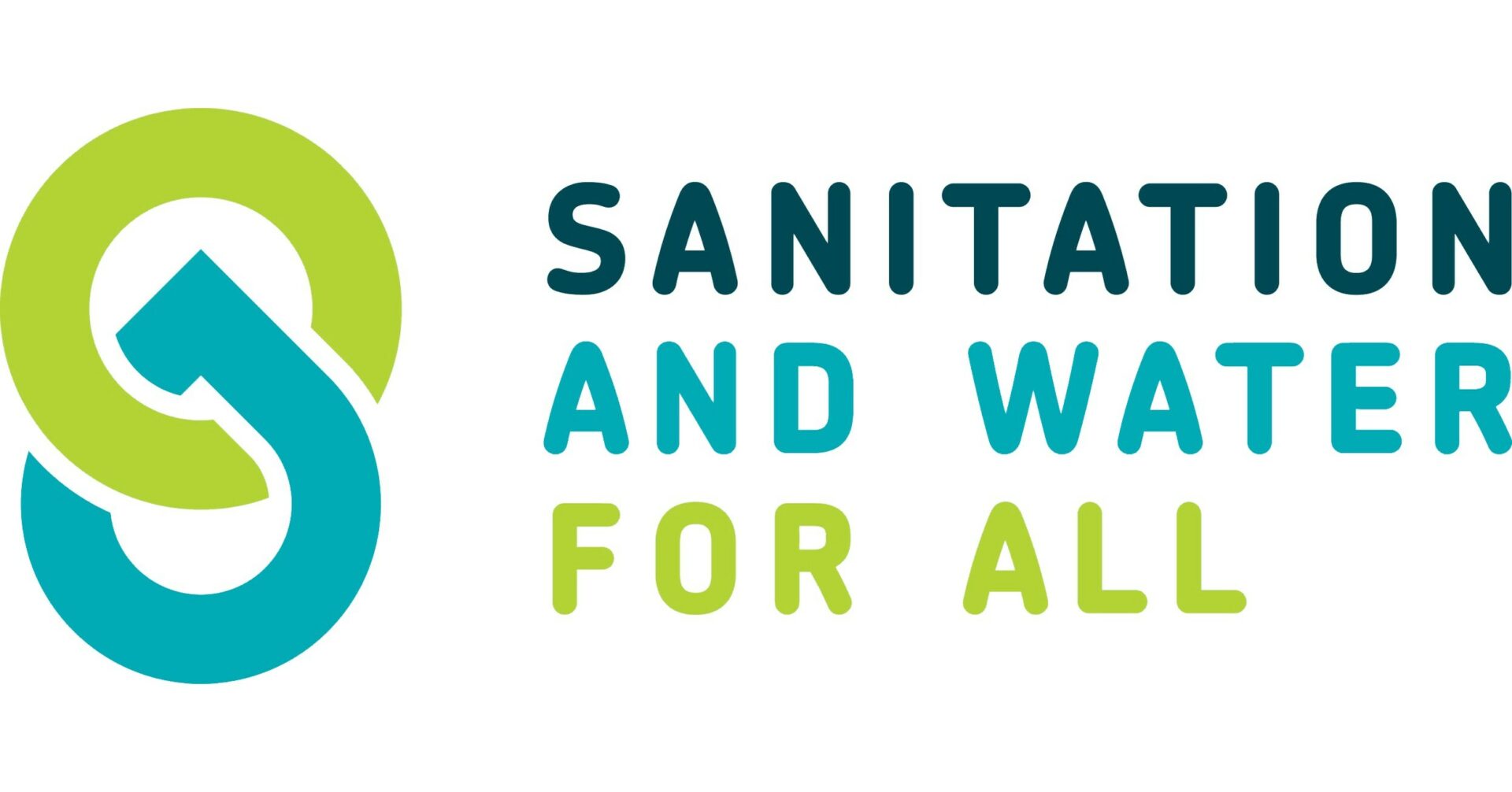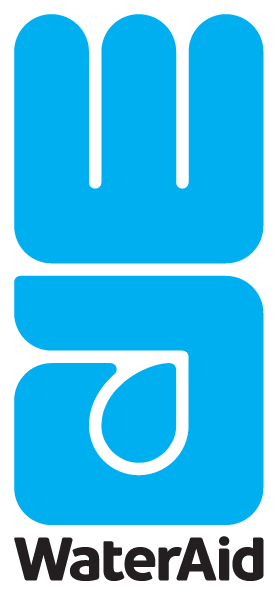Water community’s submission to the UNFCCC UAE Belem Work Programm
After many consultations and efforts to consolidate input, the water community's official submission to the UNFCCC UAE Belem Work Programme is now posted on the UNFCCC portal.

The UAE – Belém work programme on indicators to the GGA Framework should conclude at COP30, but heading into the negotiations, several aspects are still controversial. For ensuring the long-awaited holistic action that the world urgently needs on adaptation, Parties must decide on a robust and balanced set of indicators in the Water and Sanitation Target, and the GGA Framework as a whole.

Sanitation and Water for All

Water Aid
Water is both a thematic target and a cross-cutting element enabling progress across other targets and sectors. Water, the foundation of many resilience processes and systems, can act as a resilience multiplier when cross-sectoral approaches are pursued.
Yet, agreeing on indicators is only one part of the challenge. For COP30 to deliver a meaningful outcome, Parties must also focus on how the UAE Framework will be implemented. This means moving from a focus on indicators to providing practical guidance, shared methodologies, and support mechanisms that help countries translate global targets into concrete adaptation outcomes. Implementation entails developing the tools, institutional capacities, and financing pathways that make the framework operational, measurable, and effective on the ground. Only by coupling indicators with robust adaptation implementation approaches can the GGA fulfil its promise of driving transformative adaptation across all thematic targets.
These key messages have been prepared by the GGA working group of the Water for Climate Pavilion. We are taking them to Belém to highlight that water and sanitation indicators are politically and technically critical, not only for the Global Goal on Adaptation but also the Global Stocktake and Biannual Transparency Framework. They are thematic enablers for resilience across Rio Conventions, Sustainable Development Goals and Sendai Framework.